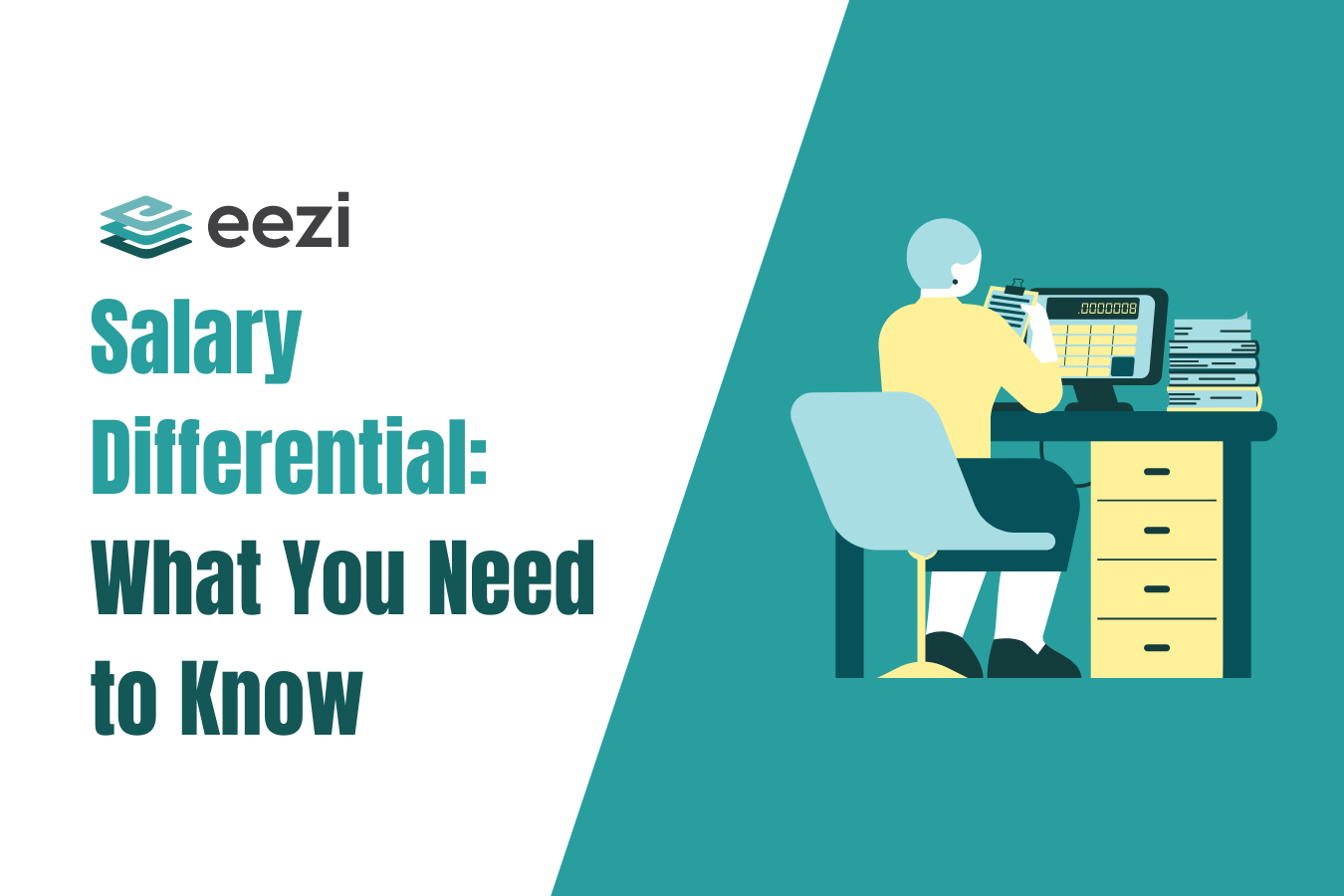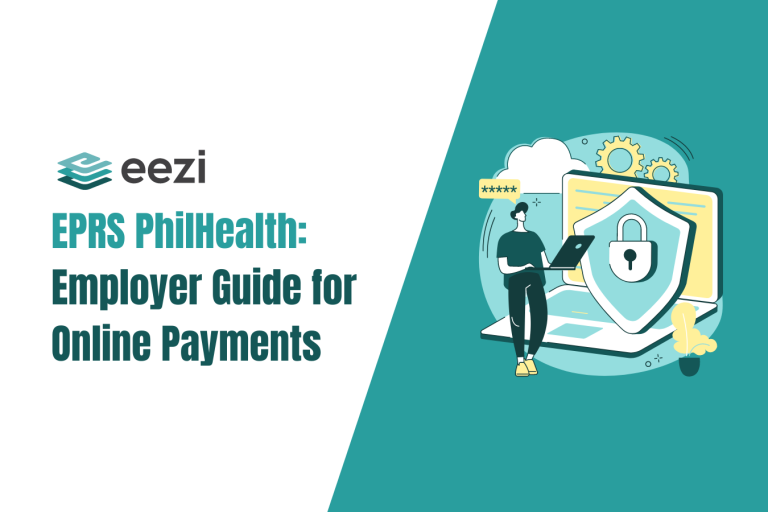What is salary differential, what are the instances where an employee can avail of this, and how is it computed? Learn all about it here.

What is a salary differential?
Salary differential is the amount paid to the employee when the actual amount they receive is less than what they are entitled to. This usually happens when there is a promotion (or demotion) at work. It may also be a change in salary grades, an integration of new labor laws, and a correction of previous errors in payroll.
This differential must not be confused with differential salary. Moreover, differential salary is the compensation given to employees for their service rendered outside of normal working hours or during unfavorable or unusual circumstances or working conditions.
For night differential computation, please refer to this article: How to compute night differential in the Philippines
Types of Differential Salary

Night Differential Pay
Given to employees who work night shifts that are usually not part of their normal working hours.
Shift Differential Pay
Given to employees who are asked to work on shifts that they don’t usually work on, especially when done on short notice. For example, Employee X usually works the 9 AM to 6 PM shift but was asked to come in for the 2 PM to 11 PM shift to cover for an absentee employee or give support during peak hours.
Weekend Differential Pay
Given to employees who work on the weekends, which are not part of their normal working days.
Hazard Differential Pay
Added compensation given to employees who work in dangerous environments that put their health and/or welfare at stake, like dealing with hazardous chemicals or working during disease outbreaks.
Location Differential Pay
Given to employees who are asked to work in locations different from their usual work location and may warrant additional expenses.
What is the salary differential for SSS maternity benefits?
In the Philippines, one of the applications for salary differential is an SSS maternity leave benefit. Furthermore, the salary differential represents the difference between the SSS maternity benefit and the employee’s basic pay.
The employer shoulders this difference when a female employee from the private sector avails of the SSS maternity benefit.
Moreover, according to the Bureau of Internal Revenue (BIR) memorandum, the salary differential received by the female employee is considered taxable income. In other words, it is subject to the applicable rules and regulations of the BIR regarding income tax.
However, for the purpose of the 13th-month pay computation, the differential is considered part of the basic salary of the female employee.
Who is entitled to receive SSS maternity benefit-based salary differential?

According to SSS maternity benefits, all female employees who are eligible to receive SSS maternity benefits. Under the Expanded Maternity Leave Law, they are also eligible to receive the salary differential for the duration of their maternity leave period.
To qualify for the SSS maternity benefits and the differential, the female employee must:
- Be an active and registered member of SSS,
- Have paid three months’ worth of contributions within the 12-month period immediately preceding the semester of childbirth,
- Have duly notified her employer of her pregnancy (as soon as she finds out she is pregnant).
How is the differential computed?
The Department of Labor and Employment (DOLE) released a department advisory (DA no. 1 series of 2019) which served as the official guidelines for the computation of salary differential of female employees during their extended maternity leave. Below are the steps in computing salary differentials that were released by DOLE:
a. Compute the amount of full payment. DOLE released this formula to be used in computing the employee’s full pay:
Full pay = monthly salary x maternity period in months
b. Determine the employee’s premium contribution share for SSS, Philippine Health Insurance Corp. (PHIC or PhilHealth), and Home Development Mutual Fund (HDMF or Pag-IBIG) for the duration of the maternity period.
c. Calculate the amount of SSS maternity leave benefit of the female employee based on the provided computation and formula by SSS or the monthly salary credit.
d. Deduct the total amount of the premium contributions and the SSS maternity benefit from the total amount of full pay. The resulting amount is the salary differential.
For example:
Employee A has a monthly salary of Php 18,143.00 and total premium contributions of Php 2,840.50. Following the formula for full pay given above, her full pay is Php 63,500.50. Her SSS maternity benefit amounts to Php 63,000.00. Once the total SSS maternity benefit and premiums have been deducted from her full pay, the salary differential is Php -2,340.00.
When the differential is negative, the company has the task of shouldering both the employee’s and the employer’s share of the premium contribution.
Are there exemptions to paying salary differential?
Along with the guidelines for the computation of the salary differential, DA no. 1 of 2019 also specified the list of establishments exempted from paying the differential:
a. Distressed establishments
b. Retail or service establishments and enterprises employing not more than ten (10) workers on a regular basis
c. Microbusiness enterprises whose total assets do not amount to more than three million pesos (Php 3,000,000.00)
d. Establishments already giving similar or higher benefits than what is provisioned in Republic Act no. 11210 and its Implementing Rules and Regulations (IRR).
Make mother employees happy with eezi
Need help in computing the correct amount of benefits and differentials for your employees? Worried about shortchanging your employees unintentionally? eezi’s Payroll has got you covered! Try eezi now and see how much it can help you!



